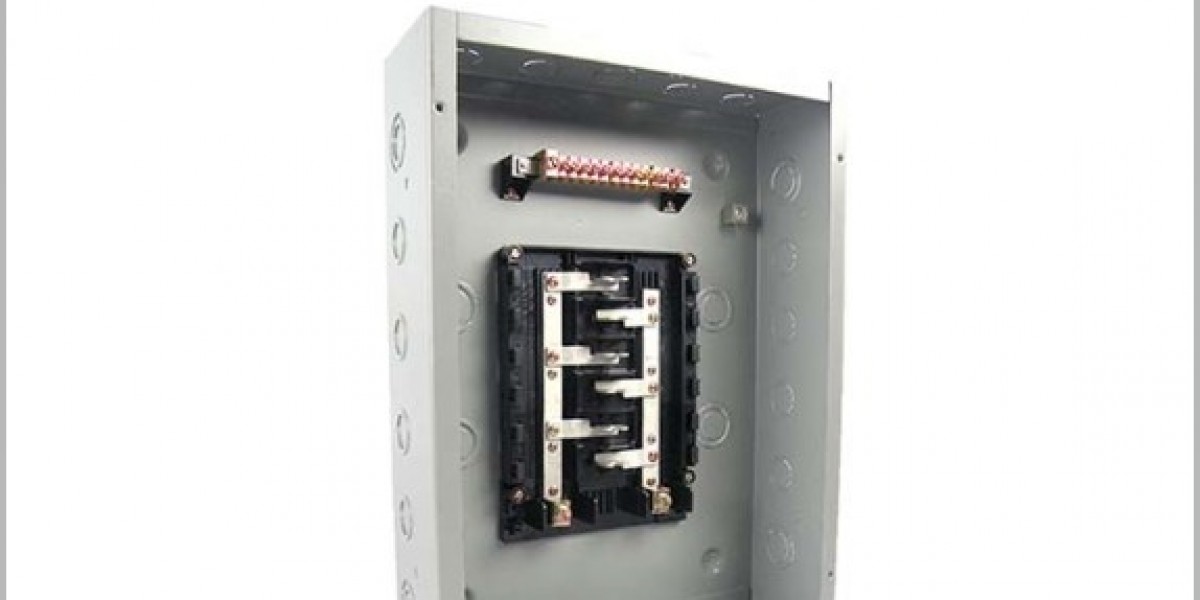When an outdoor electrical distribution panel is installed on a construction site, industrial yard, or public park, its unseen job is to manage sudden voltage changes that occur during storms or grid fluctuations. These hidden spikes can threaten the safety of connected lighting, tools, and machinery. Modern designs integrate internal coordination systems that redirect excess current, keeping circuits steady and preventing interruptions that could halt operations or damage sensitive devices.
Across industries, energy networks have become increasingly complex. Businesses are connecting more renewable power sources, digital monitoring systems, and outdoor lighting infrastructure. These evolving systems face new challenges: unpredictable surges caused by weather, equipment switching, or long transmission distances. Engineers have responded by enhancing outdoor enclosures to better control transient energy, ensuring that a disruption in one section doesn’t cascade across an entire facility.
The principle behind surge handling involves dividing and grounding excess voltage before it reaches active circuits. Panels designed for outdoor use include insulation barriers, surge suppression modules, and grounding paths that stabilize the flow. The housing itself must endure exposure to moisture, dust, and temperature changes while maintaining structural integrity. When constructed from treated steel or reinforced polymer, it resists corrosion and ensures consistent protection regardless of climate conditions.
Recent infrastructure projects have shown a rising demand for equipment that maintains reliability in open environments. Parks with integrated charging points, construction zones operating in wet seasons, and event venues with extensive lighting networks all require equipment that withstands transient energy spikes. An upgraded distribution system minimizes downtime and helps maintain smooth electrical performance.
Safety also depends on user awareness. Properly grounding each panel, maintaining tight connections, and scheduling inspection routines help prolong the lifespan of the equipment. Professionals increasingly value systems with visual indicators that alert operators when components need servicing. This combination of physical design and smart feedback ensures that preventive action occurs before an incident develops into a costly shutdown.
At the same time, innovation continues to merge energy management with sustainability goals. Some enclosures now feature modular setups that allow facilities to integrate surge protection with monitoring devices for voltage tracking. Such configurations not only safeguard electrical loads but also provide insights into consumption patterns, helping companies refine their power use strategies. These changes illustrate how energy distribution technology is no longer static—it evolves in response to both environmental and digital transitions.
Material selection plays a major role in outdoor reliability. Metal frames, though sturdy, may require additional coating to prevent rust in coastal or humid conditions. Composite panels, on the other hand, offer lighter weight and improved resistance to corrosion but may need structural reinforcement in high-impact zones. The balance between durability, accessibility, and maintenance cost drives the choice of material depending on the installation setting.
Beyond structure, internal layout influences surge handling efficiency. Clear spacing between terminals reduces heat buildup and allows for quick inspection. Some models integrate modular busbars or insulated connectors that improve serviceability without compromising safety. The design philosophy focuses on combining mechanical strength with intuitive access—vital for field technicians who operate under varied outdoor conditions.
The value of a reliable panel extends beyond a single installation. It represents a commitment to continuous operation, safety assurance, and energy efficiency. As cities and industrial parks grow, maintaining consistent power delivery becomes central to productivity. Equipment that minimizes disruptions supports this vision by ensuring lighting systems, charging stations, and control networks stay active under demanding environments.
Businesses searching for reliable solutions often consider flexibility—units that can adapt to both permanent setups and temporary deployments. Compact dimensions, lockable doors, and integrated safety interlocks improve usability while maintaining regulatory compliance. In remote work zones or community setups, these qualities can make the difference between seamless functionality and repeated maintenance visits.
Outdoor power distribution continues to evolve alongside digitalization and climate resilience goals. A panel capable of handling electrical surges efficiently not only protects assets but also contributes to workplace safety and energy stability. Selecting equipment designed for long-term reliability, ease of inspection, and adaptable configuration can provide enduring value for industrial, commercial, or municipal applications.
For those interested in durable outdoor power management solutions featuring smart surge protection and reliable enclosure materials, detailed product information can be found at www.nante.com/product/ where a variety of designs and configurations are presented to support different field applications and safety requirements.








